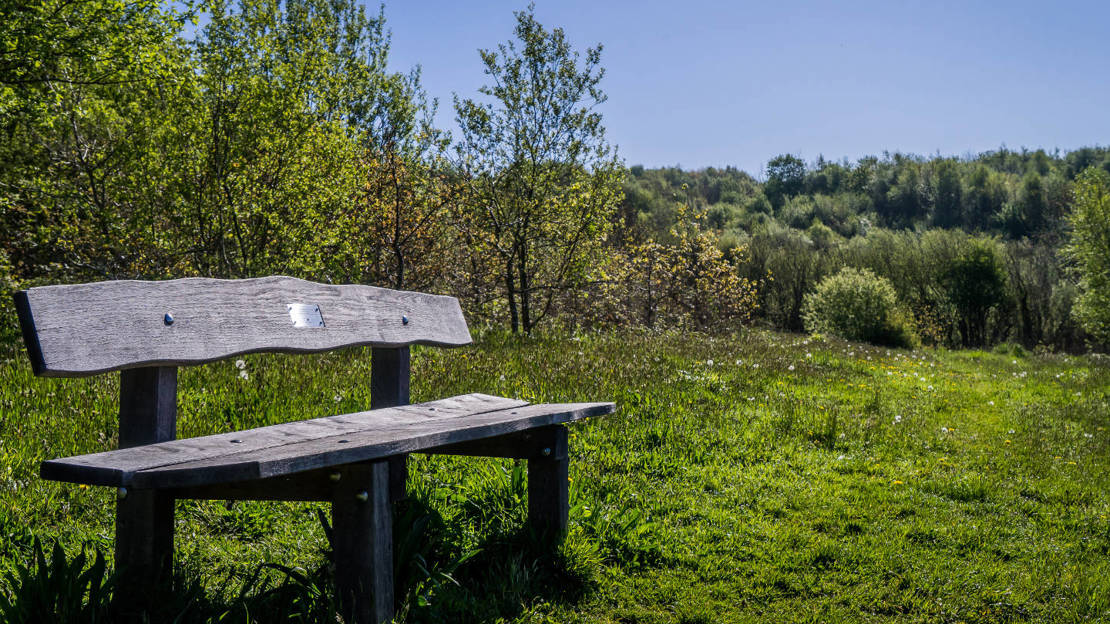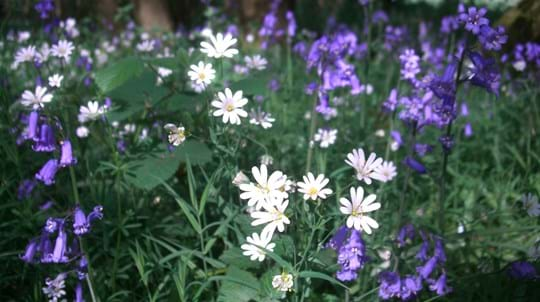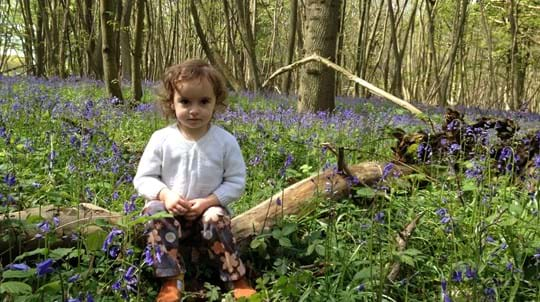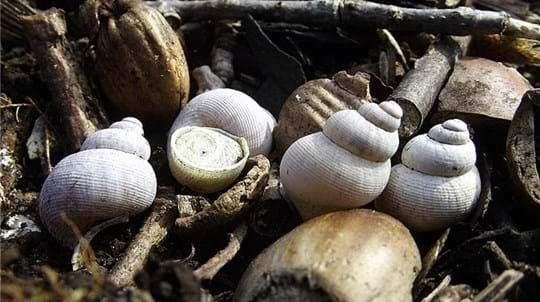
Longbeech North
Challock Ashford Kent

Woodland Trust wood
103.84 ha (256.59 acres)
TQ986511
Explorer NULL
OS Landranger NULL
Longbeech North is nestled in the Kent Downs Area of Outstanding Natural Beauty (AONB). Since its purchase in 2016, the Trust has started to restore this ancient woodland site – currently dominated by conifer – to its former glory.
After an outbreak of tree disease in 2012, areas of the site were clear-felled and the regeneration of this ancient woodland is wonderful to behold. Visit Longbeech North regularly and see it transform into a haven for wildlife.
Features
- Parking at site
- Public access
- Spring flowers
- Waymarked walk
How to get to Longbeech North
The 104-hectare (257-acre) site lies just north-west of the village of Challock in Kent’s North Downs. It is 3.2km (2 miles) from Charing, 11km (7 miles) from Faversham and 10km (6 miles) from Ashford.
From the M20 junction 8, take the A20 to Charing. From Charing, take the A252 for Canterbury and at the top of Charing Hill, turn left towards Throwley Forstal. After 1.5km (1 mile), turn right into Monkery Lane. The entrance to the wood is around 230 metres (210 yards) on the left.
The closest train station is at Charing, about 4km (2.5 miles) from Longbeech North.
Visit National Rail for more information.
There is a limited bus service from Charing to Ashford.
Visit Traveline for more information.
Facilities and access
The wood is accessed from Monkery Lane on the southern boundary. There is a network of forest tracks and rides including a public right of way which crosses through in the north east of the site.
A car park at the entrance to the wood has space for five cars.
The nearest public toilet is at Charing railway station, but there are no baby changing or disabled facilities. The closest RADAR-accessible toilets are in Ashford and Faversham.
Wildlife and habitats
Animals
Fallow deer roam Longbeech North, and during the summer months, tree pipits and willow warblers sing their hearts out from high branches. During your visit, look out for one of our tiniest birds, the flame-headed firecrest, foraging for insects among the mature trees – they’re often easiest to spot in autumn and winter.
Trees, plants and fungi
Longbeech North mainly consists of a mix of mature and semi-mature Douglas fir and semi-mature Norway spruce, with some areas of Japanese larch and Corsican pine. There is also a significant area of chestnut coppice in the centre and east of the site.

Dedicate at this wood
This wood is one of more than 50 across the UK where it's possible to dedicate trees, benches or larger areas of woodland. Mark a special occasion or celebrate the life of a loved one with a meaningful gesture that lasts.
Choose a dedicationHabitats
Although Longbeech North is classed as ancient woodland, very few fragments of the original ancient woodland remain. Historically, it was oak woodland with hornbeam and hazel which was converted to sweet chestnut coppice sometime in the 18th or 19th centuries. Then, in the 1950s, two thirds of the site was planted with non-native conifers, leading to the wood’s designation as a Planted Ancient Woodland Site (PAWS).
History of Longbeech North
For centuries this wood has been growing trees for the traditional markets of the day. In medieval times, mixed broadleaved coppice would have been cut to make charcoal for industrial use as well as for domestic fuel, building poles and fencing. Sweet chestnut was established into this mixed broadleaved woodland between 1855 and 1860 and grown to produce hop poles, pit props and fencing materials. Sweet chestnut would have outgrown the native broadleaves which couldn’t survive and so died out.
Non-native conifers (Japanese larch, Douglas fir and Norway spruce) replaced two-thirds of the sweet chestnut coppice area in the wood in the 1950s due to the demand for softwood timber in the post Second World War construction boom.
An archaeological survey and report of Longbeech North by Dr Nicola Bannister was completed in 2018. There are a number of archaeological features that have survived among the plantation crops, including an early medieval boundary bank thought to be 1000 years old, old trackway and a number of hollows which may have been used as sawpits.
Although it is classed as ancient woodland, there are no surviving ancient trees. However, there are remnant historic and ecological features that survived among the plantation crops.
Conservation and threats
Phytophthora ramorum disease
In 2012, Phytophthora ramorum disease spread among some of the areas of larch at Longbeech North and around 28 hectares (70 acres) were clear-felled under a Plant Health Notice. The Woodland Trust purchased the site in 2016 and is now gradually thinning the conifers to open out the canopy and increase the light levels. This will allow native broadleaf trees to regenerate and re-establish the diverse character of this former ancient woodland.
The recovery plan
We need to increase the resilience of this site to mitigate against future challenges, such as climate change, tree pests and diseases and reverse the impact of deer browsing. Through natural regeneration and planting, we will reintroduce species of trees and shrubs to help increase the resilience of this ancient woodland.
Fallow deer have been resident at this site for decades, preferentially browsing on broadleaved species other than sweet chestnut and birch which has resulted in overgrazing. Reducing the deer pressure through culling is key to the recovery plan.
Sweet chestnut coppice occupies approximately one third of the site and we will continue to coppice these areas as and when they reach a marketable size. Coppicing provides temporary open habitats which are beneficial to specialist species like nightjar, dormice and many butterfly species.
We will adopt a continuous cover forestry (CCF) approach for the conifer-planted areas of ancient woodland, aiming to increase the native broadleaved content through natural regeneration and underplanting within these stands while reducing the conifer component. This is a challenge for CCF which traditionally encourages shade-tolerant species such as Douglas fir and beech.
A demonstration site
Longbeech North is one of a suite of Woodland Trust demonstration sites around the UK which aim to share the approach the Trust is taking to restore PAWS and improve resilience. As with all of our woodland, Longbeech North is open to the public to visit.
Additionally, we have developed a self-guided route to demonstrate the management intervention approach we are implementing. The route has eight examples of the restoration work taking place at the site. On the map below, hover over the numbers on the restoration route to find out more. If you would like to arrange for a group guided visit to this wood with our site manager, please send your enquiry to wopsmail@woodlandtrust.org.uk.

A lasting legacy
This wood is just one of many to have been protected by gifts in wills, securing it for generations to come. Your legacy gift could also make a real difference to woods, trees and wildlife.
Learn what your gift could mean































